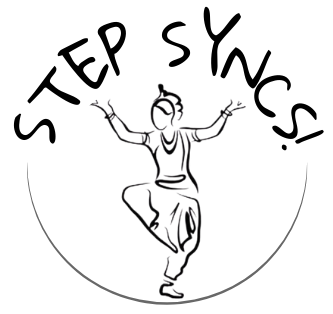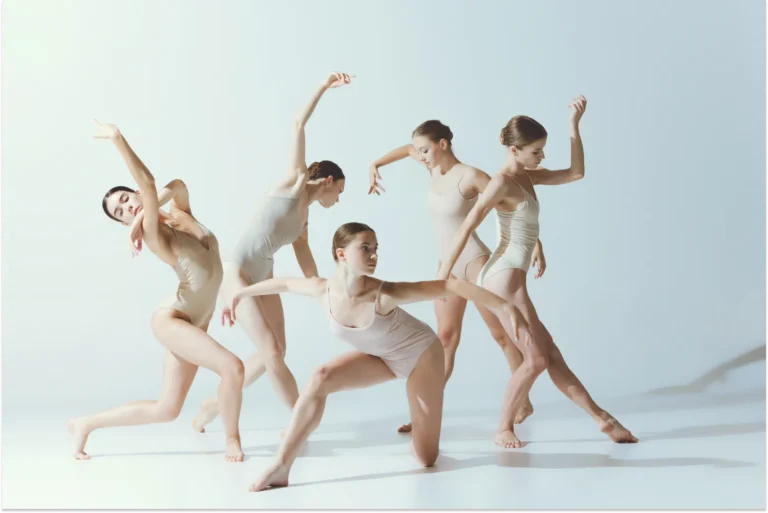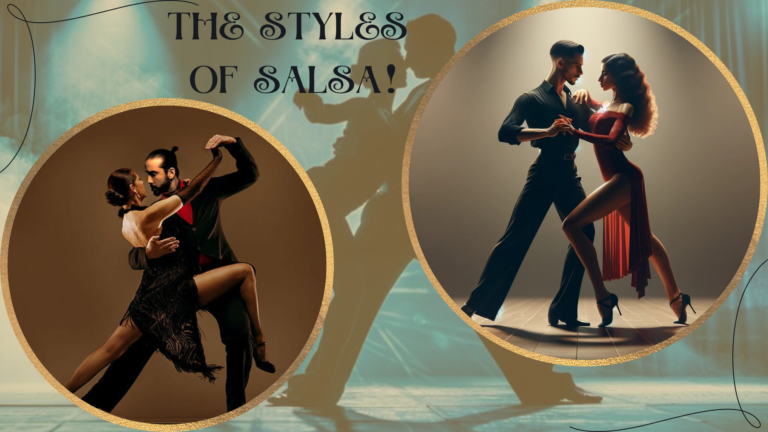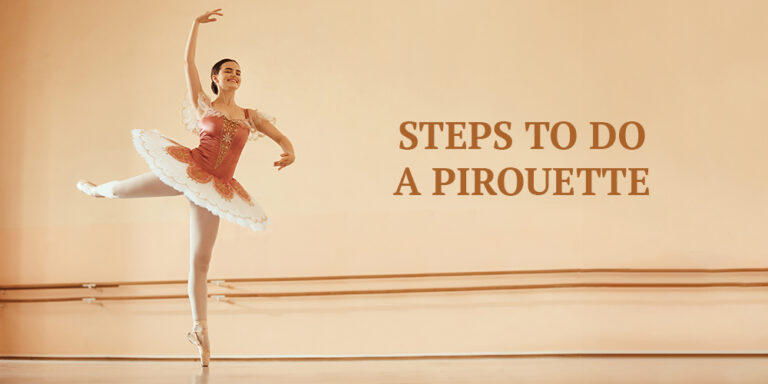Hip-hop dance has evolved into a highly diverse and multifaceted genre, with numerous variations that blend traditional elements with contemporary influences. Each variation offers a unique style and flavor, reflecting the creativity of dancers across different eras and regions. Here are some popular variations of hip-hop dance:
1. Breaking (Breakdancing or B-Boying/B-Girling)
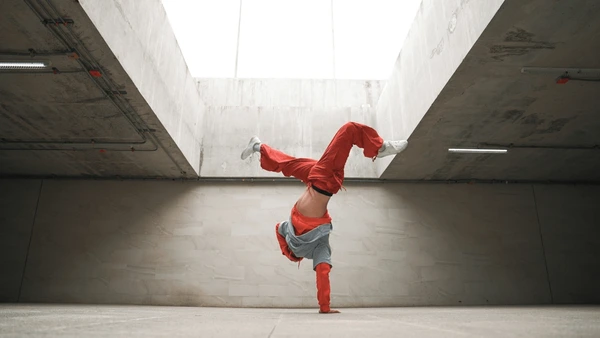
Breaking is the original form of hip-hop dance and remains one of the most iconic. It includes:
- Toprock: Standing footwork and grooves performed before going to the floor.
- Downrock: Intricate footwork done on the floor, often using hands to support the body.
- Power Moves: Acrobatic movements like windmills, flares, and headspins.
- Freezes: Momentarily holding a position, often in a contorted or difficult pose.
Breaking is often performed in “cyphers” or battles, where dancers show off their skills and originality.
2. Popping
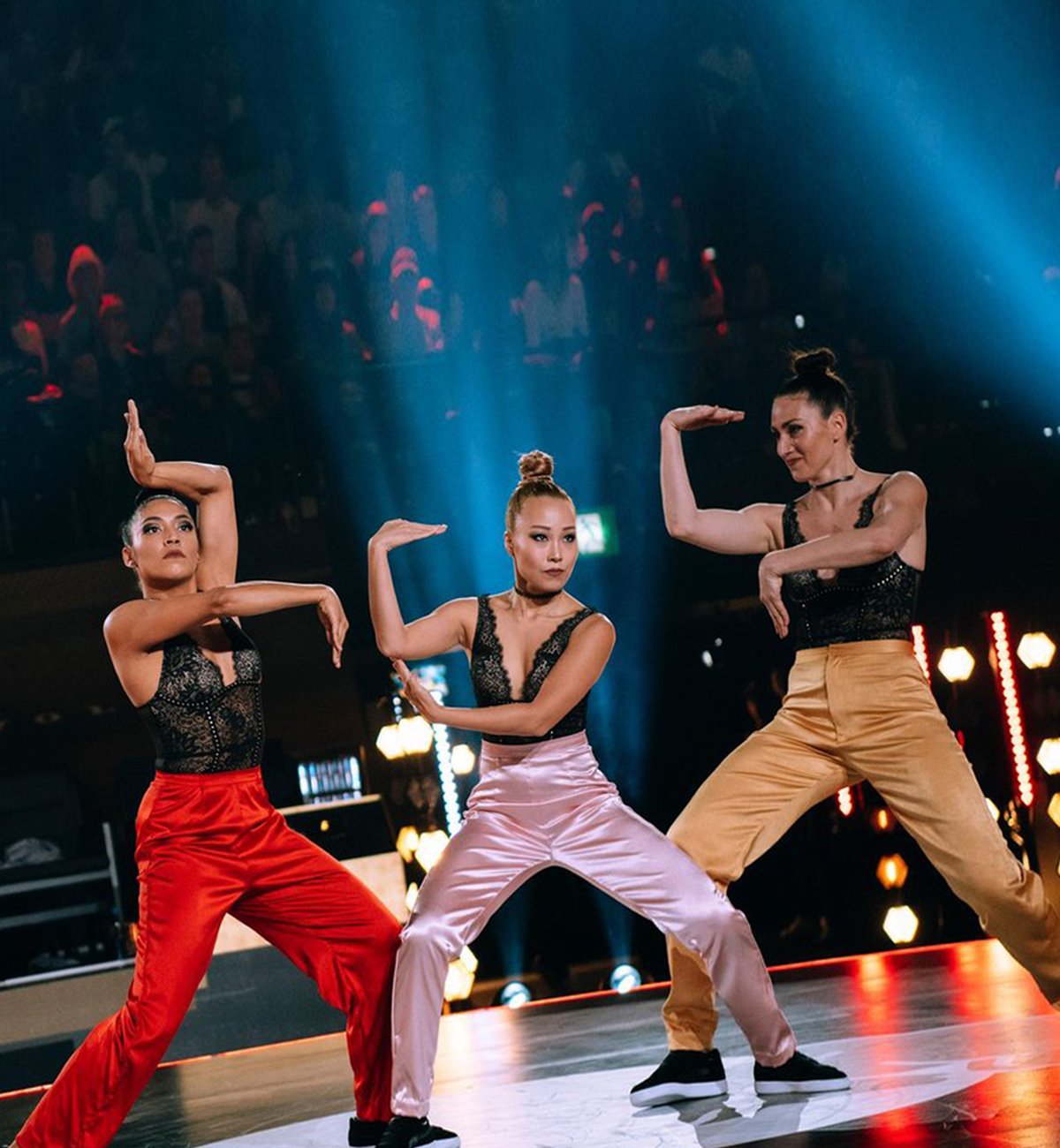
Popping involves quickly contracting and relaxing muscles to create sharp movements or “pops” in sync with the music. Within popping, there are several substyles:
- Animation: Movements that mimic stop-motion animation, making the dancer look robotic or like a cartoon character.
- Tutting: Creating intricate, geometric patterns with the arms and hands.
- Dime Stopping: Abruptly freezing in place after fluid movements to create a stop-start effect.
- Boogaloo: Smooth, circular hip and leg motions combined with popping.
Popping is a highly technical and visually striking style.
3. Locking
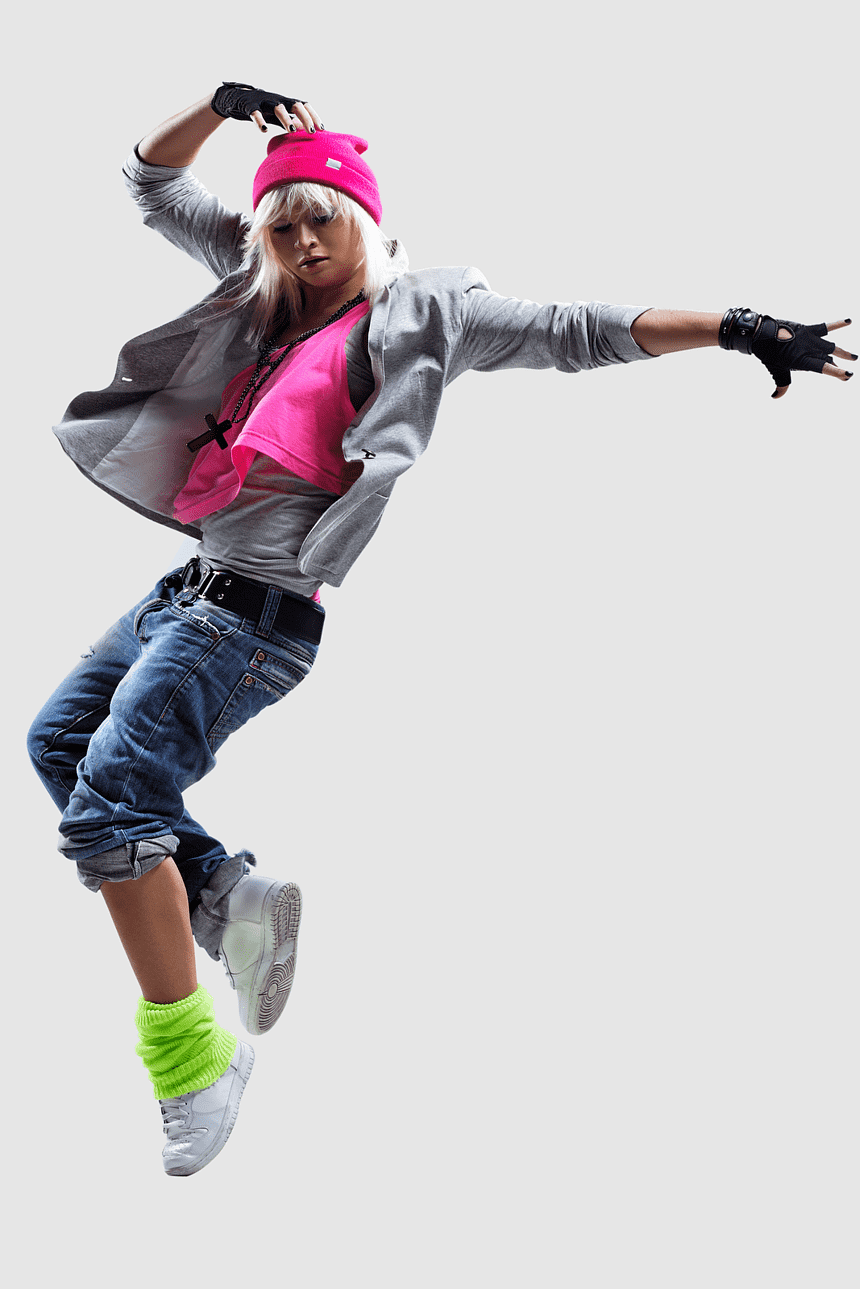
Locking is characterized by rapid arm and wrist movements, combined with more relaxed, funky dance steps. Dancers frequently “lock” into position after a quick movement, which gives the style its name. Some iconic moves in locking include:
- Wrist Twirls: Rapid rotations of the wrists.
- Points: Pointing dramatically at the audience or other dancers.
- The Lock: Quickly freezing into a pose.
Locking is playful and expressive, often featuring exaggerated facial expressions and interactions with the audience.
4. Krumping

Krumping is a raw, high-energy style that originated as a form of emotional expression and release. It involves aggressive, exaggerated movements, often performed to very fast-paced beats. The core elements of krumping include:
- Stomping: Powerful foot movements that add intensity to the dance.
- Chest Pops: Sudden, forceful popping of the chest.
- Arm Swings and Jabs: Wide, aggressive arm movements that convey intensity and passion.
Krumping is known for its wild, freestyle nature, where dancers often express strong emotions like joy, anger, or frustration.
5. Street and Social Dances
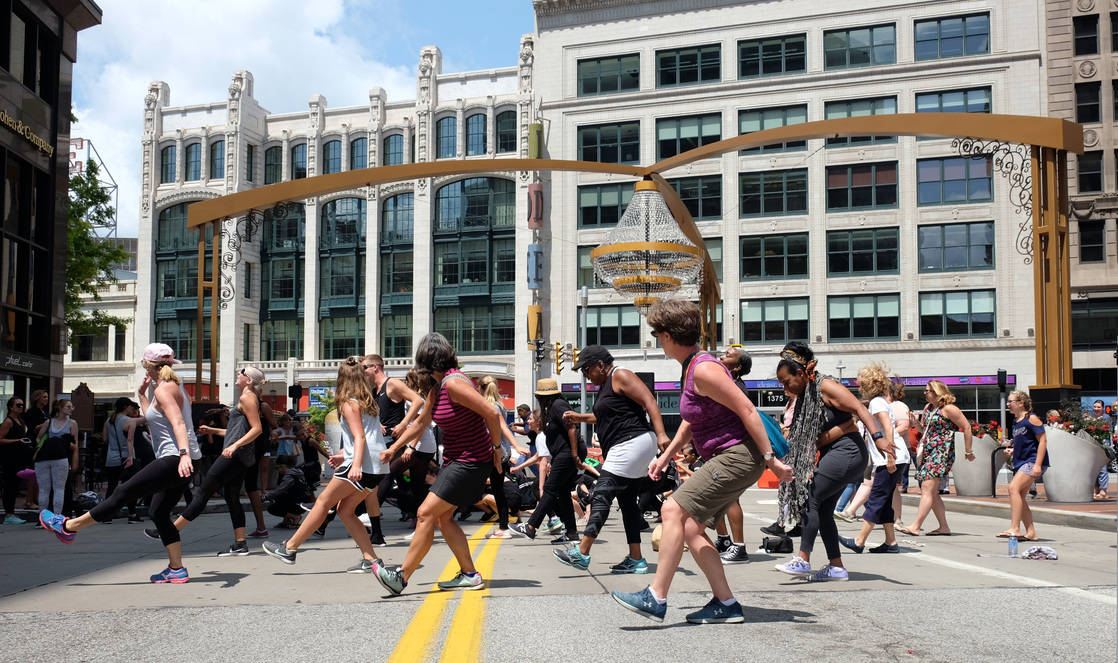
Hip-hop has always had a close relationship with street and social dances, with new moves emerging from clubs, parties, and viral trends. Some popular street and social dance styles include:
- The Dougie: A simple, relaxed movement involving shoulder rolls and swaying.
- The Harlem Shake: A loose, chaotic dance with rapid shoulder and arm movements.
- The Floss: Swinging arms around the body while moving the hips in the opposite direction.
- The Woah: A sharp arm movement often used to “hit” or accentuate a beat.
These dances often become viral sensations, thanks to their catchy, easy-to-learn moves.
6. Freestyling
Freestyling refers to improvisational dance in which the dancer spontaneously creates movements in real time, drawing on various hip-hop styles. It’s an essential part of hip-hop culture and showcases a dancer’s creativity and individual style. Freestyle battles are common, where dancers compete to outdo each other with unique and inventive moves.
7. Waacking

Waacking, while more commonly associated with disco, has found a place in hip-hop choreography due to its flashy, fast arm movements and rhythm-driven style. Waacking involves:
- Arm Movements: Fast, sweeping arm rotations that follow the beat of the music.
- Posing: Dramatic poses held in between arm movements.
Waacking is known for its flair and dramatic expression, often used to accentuate moments in choreography.
8. Bone Breaking (Flexing)
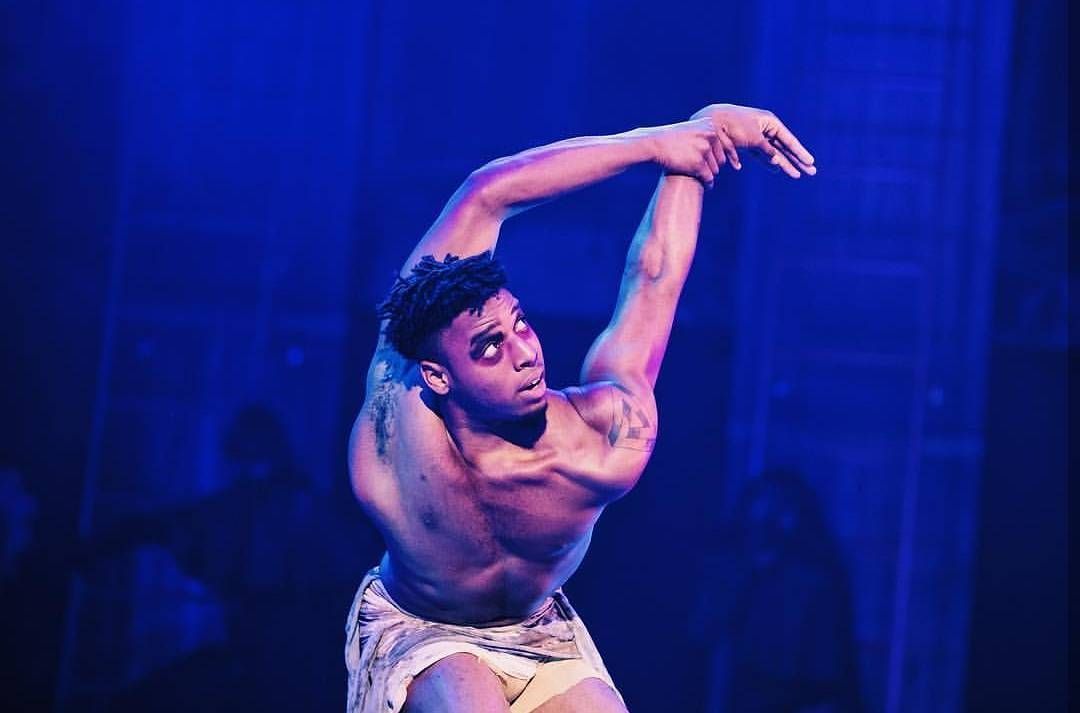
Bone breaking, or flexing, involves extreme contortion, particularly of the arms and shoulders. Dancers create the illusion of dislocating their joints or bending their limbs in unnatural ways, making for an eerie yet captivating style. Flexing incorporates:
- Arm Twists: Twisting and contorting the arms in a way that looks as though the bones are “breaking.”
- Waving: Fluid, wave-like arm and body movements that create a flowing effect.
Bone breaking is often used in freestyle or as part of street performances due to its jaw-dropping visual impact.
